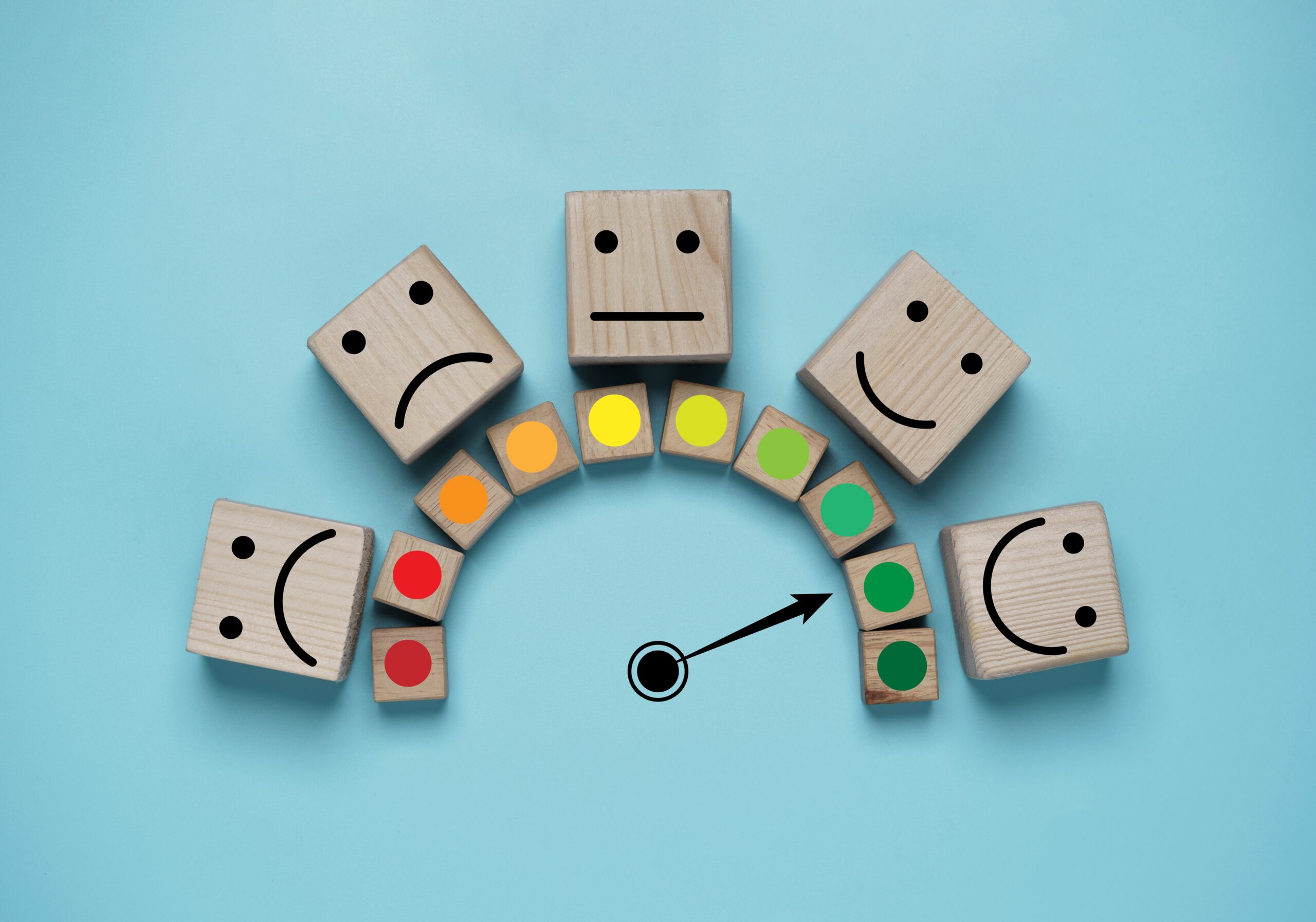A large pharmaceutical company was attempting to discover ways to increase both brand and category sales, while maintaining the retailer’s private label brand sales within the pharmaceutical over-the-counter (OTC) category at a specific drugstore. The company decided to improve already existing in-aisle signage by targeting shoppers suffering from a specific symptom. They were hoping this would also make the aisle and category easier to shop, which in turn could lead to an increase in the shoppers’ likelihood to repeat their purchase in the future.
Challenge
Using 3 different concepts, they wanted to determine:
Sales Growth – which signage generates the greatest overall sales for the category and brand, and how the signage affects sales for the retailer’s private label brand
Increase in Number of Shoppers – whether the signs draw in customers that typically purchase these products at a different store
Ease of Shopping – which signage helps shoppers choose the correct product for their primary symptom
Test
InContext worked with the client to design a 3-cell virtual store test to determine the types of signage that are most effective at getting shoppers to purchase their products pertaining to a specific symptom. In each cell, signage was placed horizontally on the top shelf, corresponding to the primary symptoms. A sample of real shoppers were then sent through virtual shopping exercises to shop as they normally would for that category.
Results
Through analyzing the results, InContext found that signage with product images yielded a 5% increase in category sales and a whopping 31% increase in private label brand sales. They also found that “ease of shopping” ratings were flat, indicating that there was a great opportunity to improve the new signage’s effectiveness prior to executing in-store, saving time and cost of execution. The client was able to influence the content of the retailer’s signage to ensure that it would help educate consumers and benefit the overall category and brand. The retailer went on to change their in-store signage in several thousand stores, based on InContext’s research findings.





